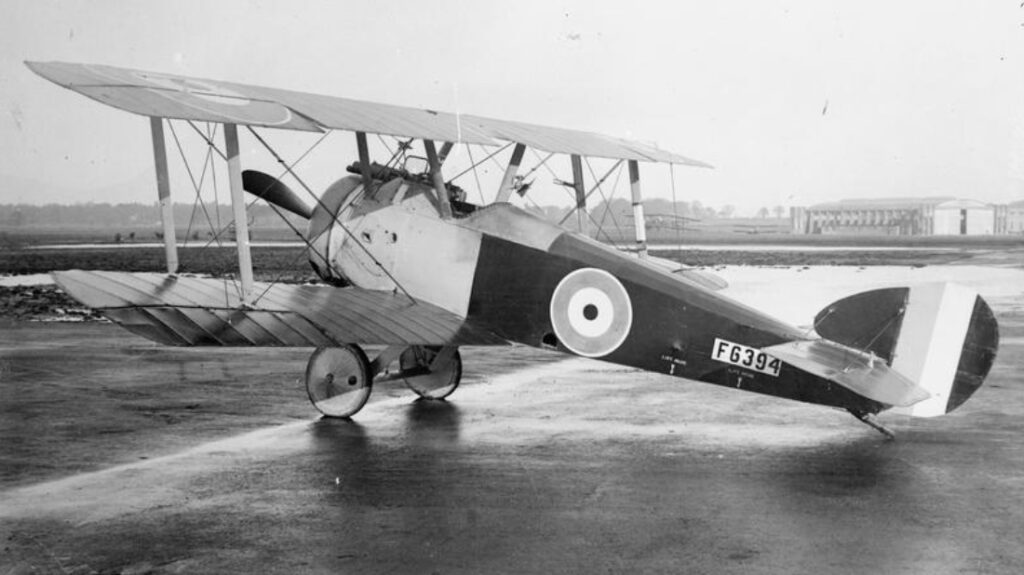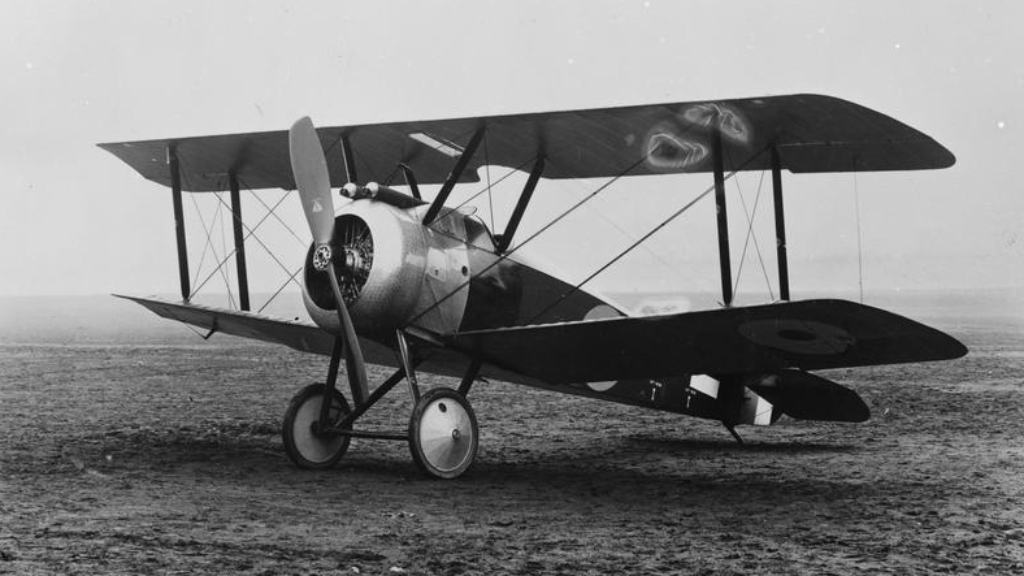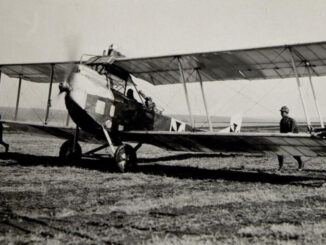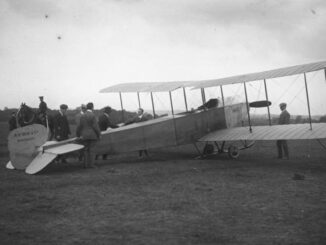 On 24th March 1918, John Lightfoot Trollope scored his ninth to fifteenth aerial victories, becoming the first British pilot to shot down seven enemy aircraft in just one day.
On 24th March 1918, John Lightfoot Trollope scored his ninth to fifteenth aerial victories, becoming the first British pilot to shot down seven enemy aircraft in just one day.
John Lightfoot Trollope was born on 30th May 1897 in Wallington, Surrey. He was attending a college when the Great War broke out, but Trollope managed to enlist at the beginning of 1915, still before his eighteenth birthday.
Trollope´s military career started with the Royal Engineers Signal Service in France, where he was a dispatch rider. Then, he was a corporal in the Royal Engineers and in 1916 was commissioned a second lieutenant and transferred to the Royal Flying Corps.
In September of 1916, after completing his flying training, Trollope was assigned to No. 70 Squadron. There, he flew reconnaissance missions with Sopwith 1½ Strutter. In early 1917, he returned to England and served as flying instructor until end of July, when he was promoted to captain and returned to France. This time Trollope was assigned to No. 43 Squadron that was equipped with Sopwith Camels and flew close air support missions.
Due to the fact he spent the beginning of his aviation career in reconnaissance and ground attack units, Trollope had to wait more than a year for his first aerial victory. It occurred only on 19th January 1918, when he downed a DFW two-seater.
Until the beginning of March, Trollope shot down another three DFW aircraft and then, on 11th March 1918, an Albatros fighter. The latter was his fifth victory and made Trollope the ace. Within a few days he boosted his score with another two Albatros aircraft and a DFW.

On 24th March 1918, John Trollope flown two combat sorties, both with Sopwith Camel C8270. During the first one, performed around midday, he intercepted and destroyed two DFWs. Then, Trollope spotted a formation of Albatros fighters and decided to engage them. That dogfight resulted with one enemy aircraft shot down, although the score could be even higher – Trollope´s ammunition ran out and he had to return to home airfield.
In the afternoon, during his second sortie of the day, Trollope intercepted another three enemy two-seaters and shot them down. On his way back home, he spotted another two-seat aeroplane and added it to his victory score, achieving a total of seven enemy aircraft destroyed in one day.
Only four days later, Trollope increased his number of victories by another three – an observation balloon and two more enemy aeroplanes. Regrettably, during the latter dogfight he also became a prey and was shot down by Lt. Paul Billik from Jasta 52.
John Trollope survived the fight and was captured by Germans. However, he was seriously injured and at first had his left hand and wrist amputated, then even an arm at the shoulder. Shortly after, Trollope was repatriated to England.
For his valuable achievement of destroying seven enemy aircraft in a day, Trollope was awarded the Military Cross with a Bar, as well as allowed to retain his rank of captain, when retired from active service. His story was also acknowledged by the British press.
John Lightfoot Trollope died in 1958, at the age of sixty-one.

Cover photo: Sopwith Camel F.1 (illustrative photo), © IWM Q 63822. IWM photos used under Non-Commercial licence.



